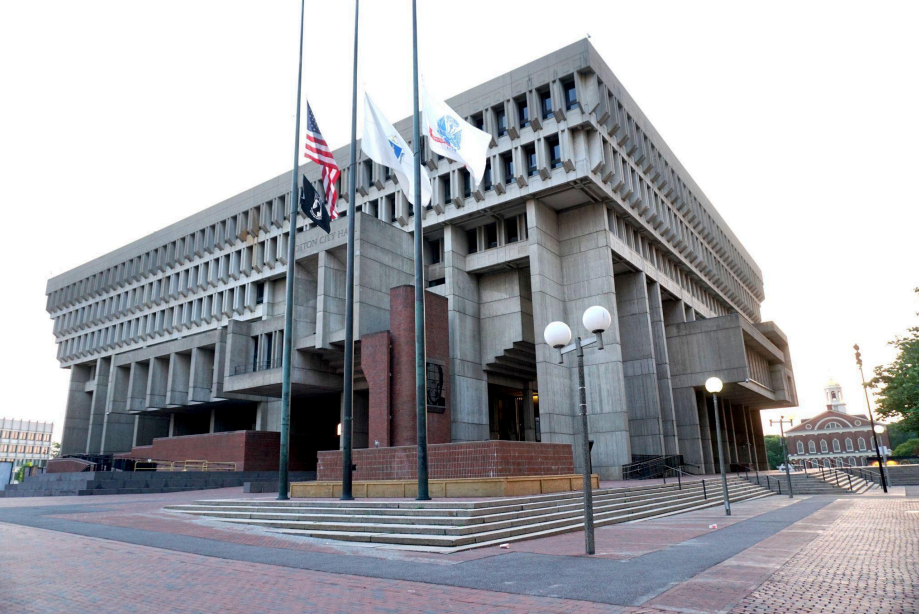
18 Feb 2025 Boston City Hall is now a local Landmark!
On January 24th, Boston City hall was officially designated a local Landmark by the Boston Landmarks Commission (BLC).
Efforts to protect the building with a landmark designation were initiated in 2007. Nearly twenty years later, on the eve of Boston’s 250th anniversary of igniting the American Revolution, Mayor Wu and the BLC have ensured that the iconic building will remain protected for generations of Bostonians to come.
The building was designed by Kallmann McKinnell and Knowles in response to the Boston Redevelopment Authority’s call for an open architectural competition to design Boston City Hall in 1961. At the time, City Hall became a focal point of Boston’s larger urban renewal efforts.
Design elements of the building were intended to be symbolic of the municipal government’s transparency, accessibility, and commitment to the public. A notable detail that captures this can be seen in the way the brick-work of the plaza seamlessly continues within the building’s ground floor, reminding constituents of their right to access this space and their elected representatives.
Boston City Hall is an icon of the Brutalist movement in architecture, an approach that emerged in the United Kingdom in the 1950s amid efforts to rebuild following the destruction of WWII.
It has been a contentious style. Its attractiveness, or lack-thereof, has been debated by critics for decades, but City Hall has been elevated to a position of prominence by those fond of the building’s uniquely utilitarian design. Coincidentally, the recently Oscar-nominated film The Brutalist–which puts this architectural style at its center– may help the public see past the popular aesthetic scorn to realize what admirers have seen in City Hall for years.



